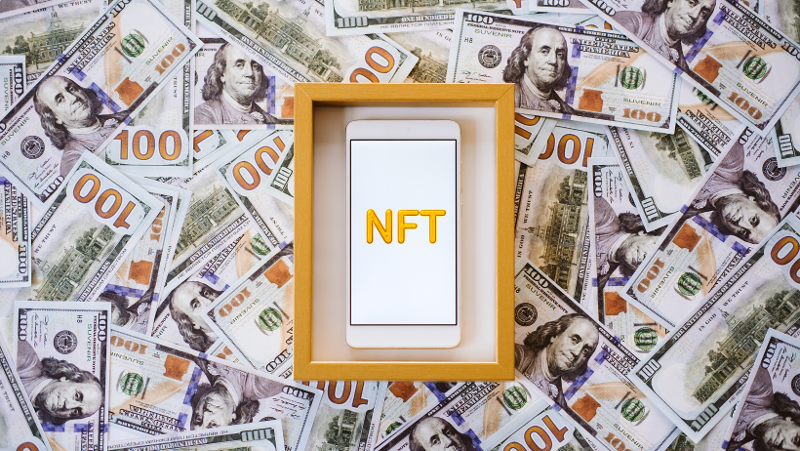Non-fungible tokens (NFTs) have revolutionized the art, entertainment, music, and sports industries. While the NFT market experienced a decline in trading volume, the value of NFTs has evolved beyond price. In this article, we will explore how NFTs are expanding their uses and transforming the digital landscape, offering new opportunities for brands and consumers alike.
NFTs: From Boom to Winter
Explore the rise and fall of the NFT market
In 2021, non-fungible tokens (NFTs) took the world by storm, gaining popularity in various industries. However, the market experienced a significant decline due to various factors such as the collapse of Terra USD and Luna, Bitcoin's price drop, and the FTX meltdown. The trading volume plummeted, leaving many wondering if the NFT industry is dying.
While the trading volume of picture-for-profile (PFP) NFTs has decreased, the value of NFTs has evolved beyond price. The industry is shifting towards tokenizing real-world assets and expanding the use cases of NFTs.
Tokenization Beyond Art
Discover the broader applications of NFTs
NFTs have the potential to tokenize various assets and offer exclusive physical and digital experiences for holders. For example, the European Commission has introduced digital product passports to share information about a product's environmental sustainability. This innovation allows the fashion industry to promote transparency and advocate for environmentally conscious choices.
Mainstream and luxury brands are also leveraging NFT technology to engage with consumers and provide real-world benefits. ASICS, a renowned athletic shoe brand, launched a large-scale brand campaign on the Solana blockchain, exciting their core audience. Loyalty programs, exclusive experiences, and digital content are just a few examples of how brands are utilizing NFTs to appeal to a new generation of consumers.
The Future of NFTs
Explore the potential of NFTs beyond price and profile pictures
While the public financial interest in NFTs has slowed down, the future of NFTs lies in their utility and real-world benefits. Loyalty programs, exclusive experiences, digital content, and data ownership are defining the next generation of NFTs. These innovative uses have the potential to onboard the next billion people to Web3 and revolutionize the digital landscape.
As the industry continues to evolve, it is clear that NFTs are not just a passing trend but a transformative technology with endless possibilities. The value of NFTs goes beyond a static image in a wallet, offering a new way for individuals, brands, and industries to interact and engage with each other.
Conclusion
Non-fungible tokens (NFTs) have undergone a significant transformation in the digital landscape. While the trading volume of picture-for-profile (PFP) NFTs has declined, the value of NFTs has expanded beyond price and profile pictures. Tokenization is being utilized in various industries, offering exclusive experiences and real-world benefits for holders. Mainstream and luxury brands are embracing NFT technology to engage with consumers in innovative ways. The future of NFTs lies in their utility and the potential to onboard the next billion people to Web3.
FQA :
Are NFTs dying?
While the trading volume of NFTs has decreased, the industry is evolving and expanding its uses beyond price and profile pictures. NFTs have the potential to tokenize real-world assets and offer unique experiences for holders.
What are the broader applications of NFTs?
NFTs are being used to tokenize various assets, such as fashion products with digital product passports. Mainstream and luxury brands are leveraging NFT technology to engage with consumers and provide real-world benefits, loyalty programs, exclusive experiences, and digital content.
What is the future of NFTs?
The future of NFTs lies in their utility and real-world benefits. Loyalty programs, exclusive experiences, digital content, and data ownership are defining the next generation of NFTs. These innovative uses have the potential to revolutionize the digital landscape and onboard more people to Web3.

